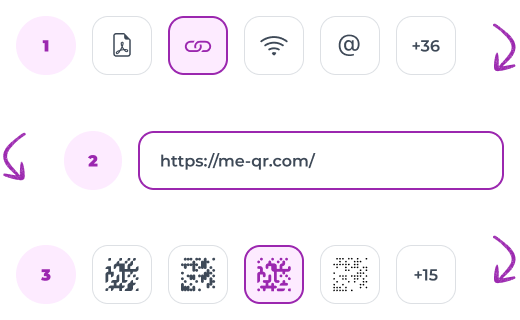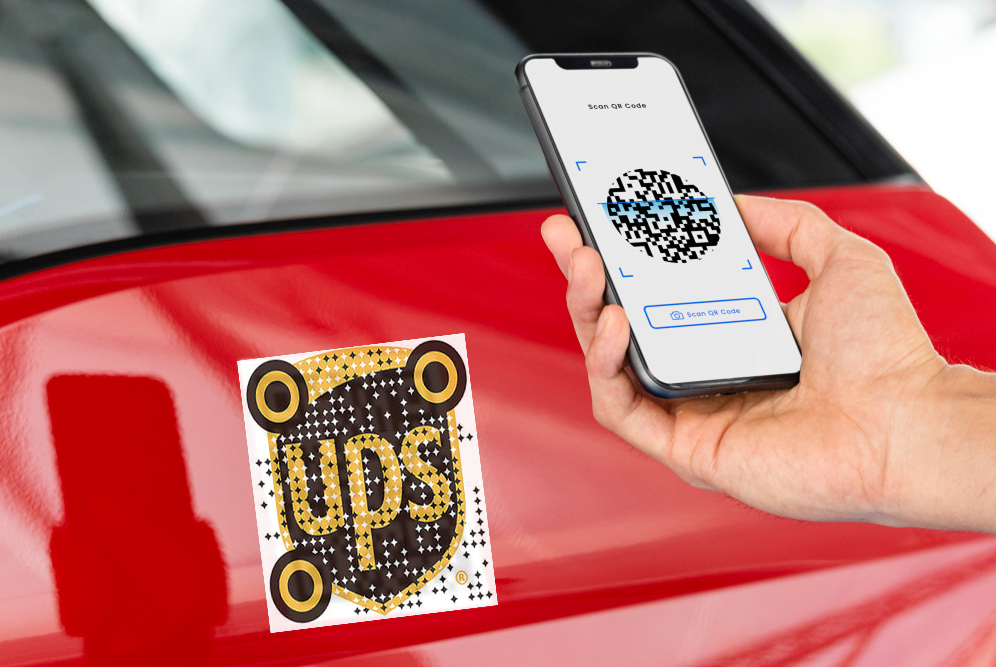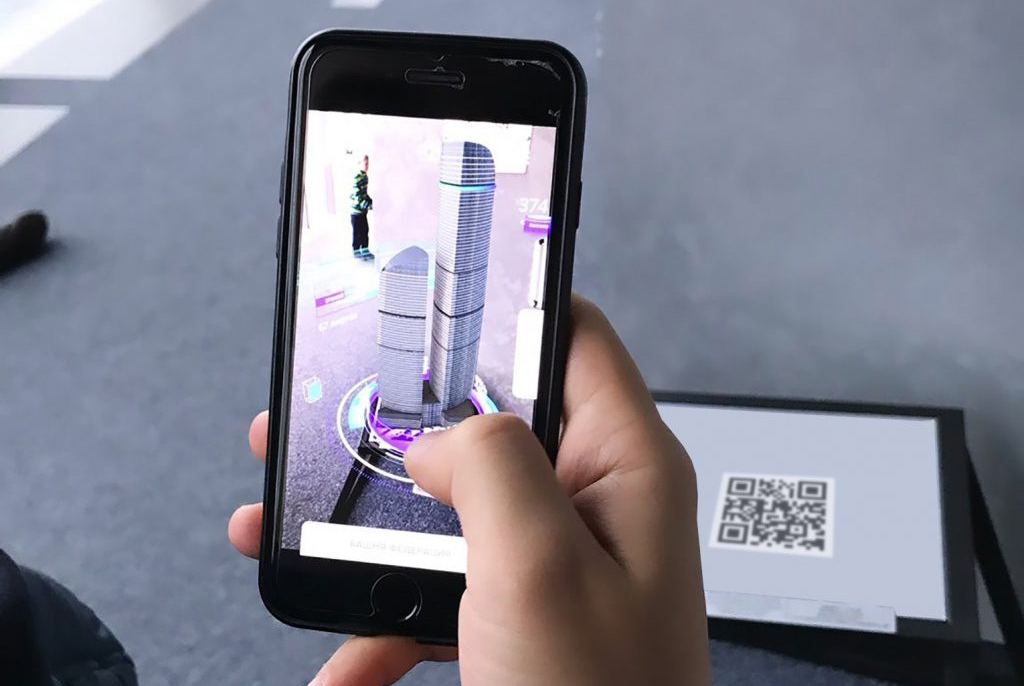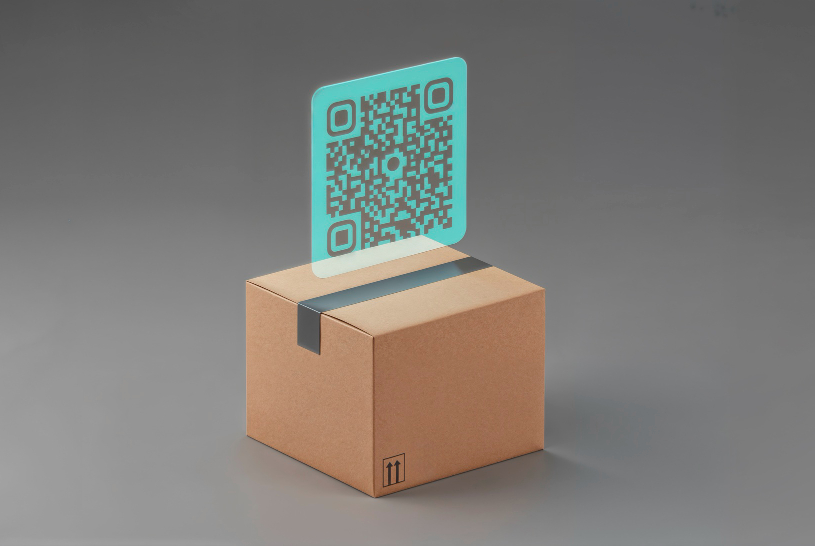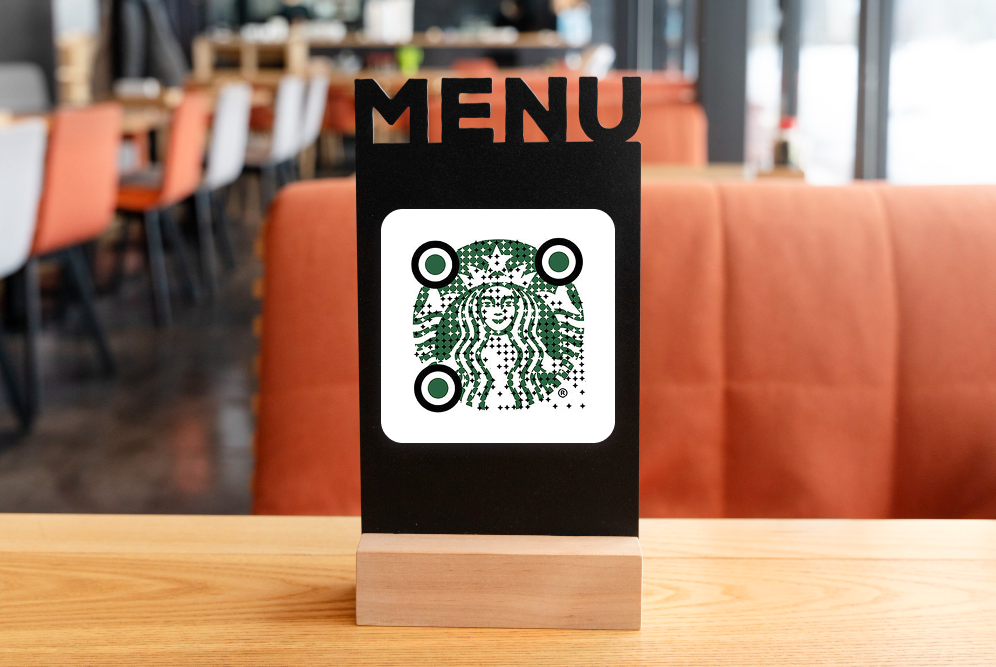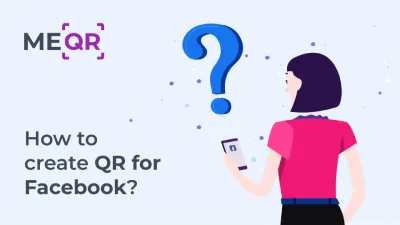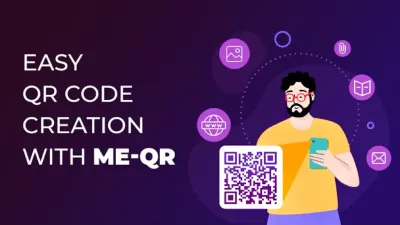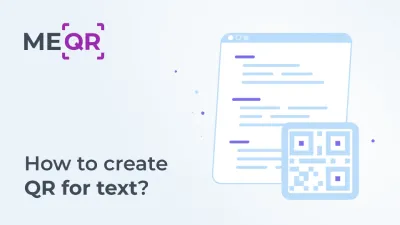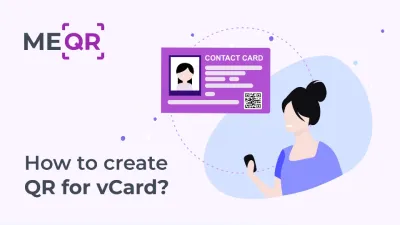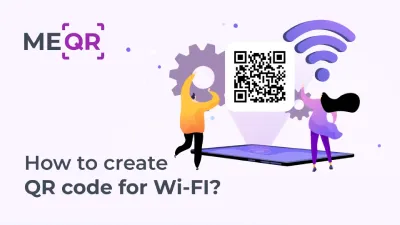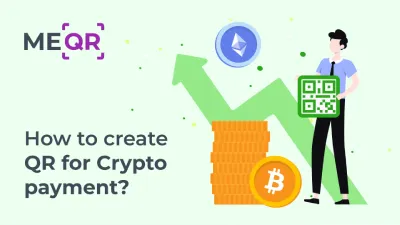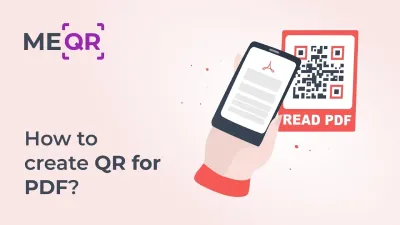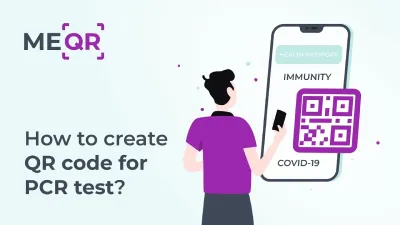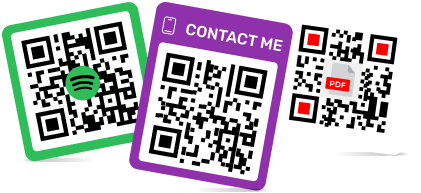NFC VS QR Code: Technology Comparison
To create a QR code for a link, video or picture - click on the button below.

In today's increasingly digital world, NFC and QR codes (Near Field Communication) have emerged as convenient tools for bridging the gap between physical and digital experiences. While both technologies might appear similar at first glance, they function in vastly different ways and cater to distinct needs. In this article, we will cover the difference between NFC and QR codes and identify which is better.
Exploring QR Codes
QR codes, or Quick Response codes, are two-dimensional barcodes that store information encoded within the black and white squares. When scanned by a smartphone camera app or dedicated QR scanner, the information is decoded and presented to the user. Initially used for inventory tracking in the automotive industry, QR codes have transcended their industrial roots and found applications in various sectors.
One of the significant advantages when selecting NFC tags vs QR codes is the availability of the latter. All that's needed to scan a QR code is a smartphone with a camera app. This ubiquity makes them ideal for scenarios where users need to access information quickly and easily. Additionally, QR codes can store a decent amount of data, including website URLs, Google Sheets, and text messages. You can see this for yourself thanks to ME-QR.
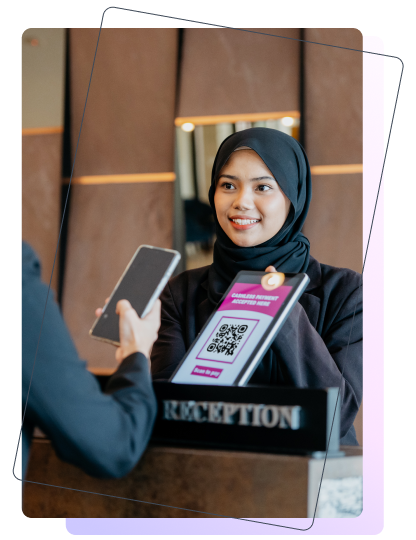
QR vs NFC Mobile Payments

Both QR codes and NFC have made significant inroads into the mobile payment landscape. Let's delve into NFC vs QR codes pros and cons in this specific use case.
QR Code Payments:
QR code payments are widely accepted globally, especially in Asian markets. They are simple to set up for merchants and require minimal investment in infrastructure. Users can access the payment system through almost any smartphone with a camera app.
The payment process might be slightly slower compared to NFC, requiring users to launch a payment app and scan the QR code. Security concerns exist, as malicious actors could potentially replace a legitimate QR code with one directing users to a fraudulent website.
NFC Payments:
NFC payments are faster and more secure than QR code payments. The communication between the device and the payment terminal is contactless, offering a smooth user experience. Data encryption safeguards transactions, minimizing the risk of fraud.
NFC technology requires compatible hardware on both the user's device and the payment terminal. Not all smartphones or merchants might have the necessary infrastructure in place.
While NFC emerges as the more secure and efficient option, QR codes offer broader accessibility for mobile payments. Hope we covered the QR code VS NFC payment question, let's explore more aspects of usage.
QR Codes VS NFC for Business Cards

Business cards often serve as the first point of contact between professionals. Let's explore the NFC tag VS QR code competition on this matter.
QR Code Business Cards:
QR codes embedded on business cards allow users to instantly capture contact details and save them electronically. This eliminates the need for manual data entry and reduces the risk of errors. QR codes can also link to a user's website or online portfolio, showcasing their work to potential clients.
Not everyone carries a smartphone with a dedicated QR reader app installed. Users might need to take additional steps to save the contact information.
NFC Business Cards:
NFC business cards offer a seamless experience. By tapping the card on an NFC-enabled smartphone, users can automatically download contact details, eliminating the need for manual input. Additionally, NFC can be programmed to share other relevant information such as social media profiles or links to a user's online portfolio.
Similar to NFC payments, NFC business cards require compatible smartphones. This technology might not be as widely accessible as QR codes.
Both QR codes and NFC offer convenient solutions for sharing business card information. NFC offers a more streamlined experience for those with compatible devices, while QR codes cater to a broader audience.
QR Code VS NFC Security
Security is a paramount concern when dealing with digital information. Let's delve into the security features and identify which is better – NFC or QR code.
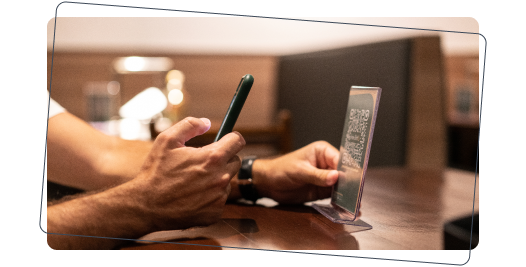
Encrypted Connections: QR Code Security Explained
While QR codes themselves don't offer inherent encryption, the underlying data they encode can be secured. Modern QR code generators use specific formats to protect sensitive information. However, the security ultimately relies on the destination the QR code leads to. If a malicious actor replaces a legitimate QR code with one directing users to a phishing website, sensitive information can be compromised.
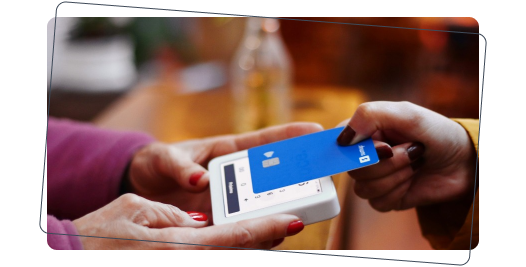
Close-Range Communication: NFC Security Considerations
NFC technology offers several security advantages. Communication between devices occurs over a short range, minimizing the risk of interception. Additionally, NFC can leverage encryption protocols to ensure data security during transmission. However, vulnerabilities might exist within the applications or operating systems interacting with NFC tags. It's crucial to ensure these elements are up-to-date with the latest security patches.
Overall, NFC offers a more secure environment compared to QR codes due to its close-range communication and potential for data encryption. However, maintaining security requires vigilance on both the device and software level.

QR vs NFC: Choosing the Right Technology
The NFC technology VS QR codes ultimately boils down to your specific needs and priorities. When accessibility is paramount and the cost is a major factor, QR codes shine. Their universality and low implementation cost make them ideal for sharing images, SMS, or Tiktok. Imagine placing a QR code on a product label to direct users to a detailed instruction manual or a restaurant menu with a QR code for online ordering.
On the other hand, if security and a seamless user experience are your top concerns, NFC takes center stage. Its secure close-range communication and one-tap data exchange make it perfect for mobile payments. Picture a business card embedded with an NFC chip that instantly populates a user's contact list with your details upon tapping it.
In some cases, combining both technologies can offer the best of both worlds. A product packaging could have a QR code printed on it, along with an embedded NFC chip. This caters to a wider audience while providing a smooth experience for those with NFC-enabled devices.

